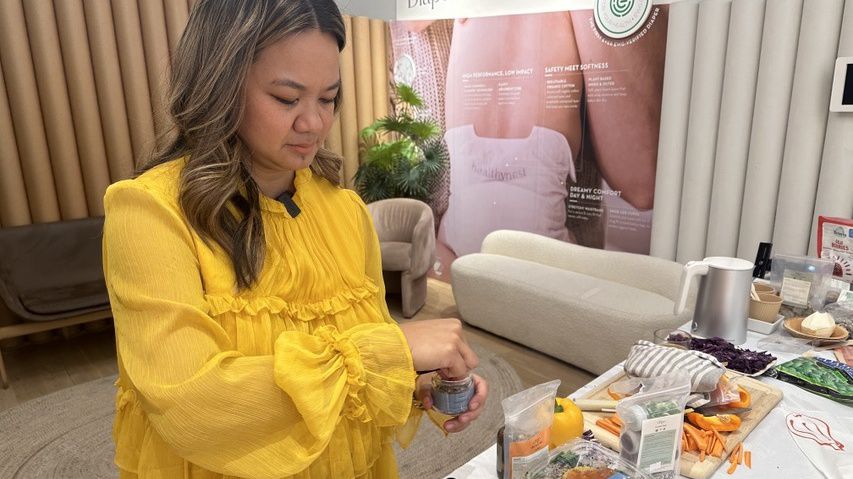Inside the practice at Smile Design Manhattan, at first glance, you see all the usual tools and hardware you see at a dentist office. But you will also see dentists using a robot to take measurements for a dental implant.
“We can actually plan and lead the robot,” general dentist Dr. Nancy Ahn said.
Dr. Mahvish Ahmed, a general and cosmetic dentist, and Ahn showed NY1 an X on a screen that serves as a point of reference to confirm the accuracy of the robot’s measurements before proceeding to the implant site.
“It’s almost like you know when you are bowling with bumper lanes. It’s kind of like that. It’s doctor-guided, but it really helps, you know the exact placement, the orientation and drive the dimensions of where the implant is going to be cut,” Ahmed said.
Smile Design Manhattan has been in its new Midtown location for about a year, and decided to invest in this “extra team member.”
Without mentors of Asian heritage in dentistry, Ahmed and Ahn want to set examples as trailblazers embracing future tech.
“When I meet patients from different paths of life, I am able to connect them in a cultural way,” Ahn said, speaking to how she works with patients and reflects on her Korean heritage.
“My parents are of Pakistani descent, and I was first-generation American, so it really resonates to be one of the first few to be part of robotics in dentistry where we get to be part of a great opportunity,” Ahmed said.
According to the robot’s manufacturer, the FDA cleared the machine for surgery in 2016, and then for additional procedures in 2020. The doctor creates the plan for the procedure, and with the help of artificial intelligence, the robot won’t let the doctor move forward with the surgery unless everything is as according to the plan.
This robot, the dentists say, is one of at least seven of its kind used in New York City.
“What is beautiful about technology today, especially [artificial intelligence], is patients can actually see what we are talking about,” Ahmed said.
As the use of robotics is expected to grow, so too has the proportion of Asian women in dentistry. The American Dental Association reports from 2010 to 2016, the proportion of Asian female dentists grew by approximately 5%.
Ahmed and Ahn embrace their past and look to the future.
“When I went to the dentist, it was not a female Asian doctor. Now that I am that person, I’m happy to show my community that you can also be a leader in this field,” Ahn said.





